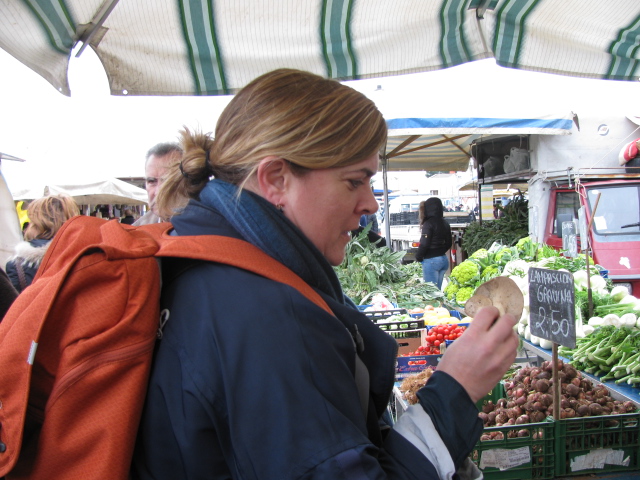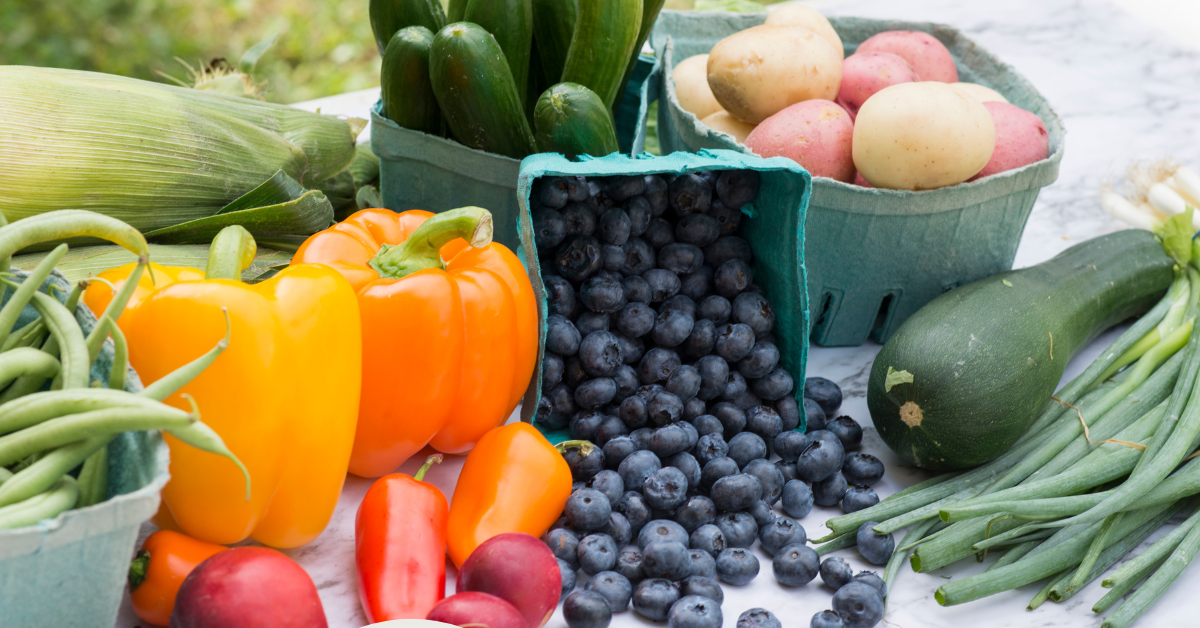The United Nations projects that the global population will increase from 8 billion in 2023 to 9.7 billion by 2050. That’s a lot of mouths to feed. Furthermore, because we don’t have an infinite supply of natural resources, we must think about how best to conserve natural resources for future generations while simultaneously providing enough nutritious food to meet the needs of a growing population. While not the only solution, the Mediterranean diet and other Heritage Diets provide a delicious blueprint for how to eat with the planet and good health in mind.
1. Mediterranean Diet. When Mediterranean culture and cuisine were first developing, typical families did not have the luxury of regularly enjoying large amounts of meat or exotic, imported produce, nor were they able to order meals online, frequent a drive-through, or have access to foods out of season. Their meals were sustainable by default.
Each country within the Mediterranean has its own culinary traditions and customs, though collectively Mediterranean countries share common dietary characteristics that promote sustainability within the broader food system. The Mediterranean’s plant-focused, hyper-seasonal, hyper-local diet – high in fruits, vegetables, whole grains, legumes, nuts, olive oil, and olives, with moderate amounts of fish and dairy products, and smaller quantities of meat and meat products – has long been recognized as a model for healthy living and sustainability.
No doubt, environmental sustainability is a global problem. Notwithstanding, each and every individual has an opportunity, if not an obligation, to promote sustainability. What’s better for the earth is usually better for our bodies, and vice versa.
2. It’s not just the Mediterranean Diet. Use other Heritage Diets as your guide to a lower environmental footprint. At our core, we promote Heritage Diets or cultural food traditions, such as the Mediterranean Diet, ones that favor plant-forward eating and also feature very little red meat consumption. It’s not just the Mediterranean Diet, but all Heritage Diets. You’ll see there are more prominent similarities, rather than differences, among Heritage Diets from around the globe.
Dietary targets established by experts to optimize both human and planetary health are very much in line with Oldways Heritage Diets. For example, the EAT Lancet Commission convened 37 leading scientists from 16 countries in various disciplines – including human health, agriculture, political sciences and environmental sustainability – to develop global scientific targets for healthy diets and sustainable food production. This was the first attempt to set universal scientific targets for the food system that apply to all people and the planet.
The report confirmed that: “Transformation to healthy diets by 2050 will require substantial dietary shifts. Global consumption of fruits, vegetables, nuts and legumes will have to double, and consumption of foods such a red meat and sugar will have to be reduced by more than 50%.”
3. Eat locally and seasonally. Heritage diets emphasize seasonality, local produce and, more generally, eating close to the land. However, it is estimated that meals in the United States travel about 1,500 miles to get from the farm to our plate. Of course, there are some foods that may not or cannot be locally produced in much of the United States, such as olive oil, coffee, or tropical fruits. Nonetheless, there’s no need to buy, for example, a tomato or an ear of corn that has been grown and shipped halfway across the country when such items are produced closer to home. Eating locally and seasonally is not only better for the environment, but beneficial to the local economy and small family farms. Consider purchasing a CSA (community supported agriculture) share from your local farmer, shopping at your local farmers’ market, or starting a vegetable garden or container garden in your backyard.
4. Eat a variety of fruits and vegetables. The Mediterranean and other Heritage Diets rely heavily on the consumption of a variety of fruits and vegetables. Of concern today is the fact that 75 percent of the world’s food is generated from only 12 plants and five animal species. Three of these – rice, corn, and wheat – constitute nearly 60 percent of the calories and proteins we obtain from plants. We can support agrobiodiversity by growing and purchasing a wider array of crops to help preserve culinary traditions and promote better nutrition and food security.
5. Eat more beans. Beans and lentils play a crucial role in cultures around the world. Beyond culinary traditions and nourishment, beans are important for soil health and are critical to sustainable farming systems. Legumes work together with nitrogen-fixing bacteria called Rhizobia to “fix” nitrogen. Plants are then able to utilize the nitrogen, which means less reliance on synthetic fertilizers. When these plants decompose, they release their stored nitrogen into the soil, which enriches it for future growing and plant life.
6. Lower meat consumption, and eat more plants. Meat production contributes a large proportion of greenhouse gases. According to USDA, consumers on average ate about 227 pounds of poultry, beef and pork in 2022, despite higher prices for all meat. That’s up from 224.9 pounds of meat in 2021, and up significantly from 1990, when Americans ate 197.5 pounds of meat, and 1960, when U.S. consumers ate only 167.2 pounds of meat annually. Consider taking a page from the Mediterranean diet and limiting meat consumption. In the Mediterranean diet, meat plays a complementary rather than starring role on the plate. Simply stated, reducing meat consumption is one of the best ways people can shrink their carbon footprint and promote environmental sustainability.
7. Reduce food waste. Globally, we throw out about 1.3 billion tons of food per year – ⅓ of all the food that we grow. Food that ends up in the landfill produces methane, a potent greenhouse gas that contributes to global warming and climate change. All of us can take steps to prevent food from ending up in the land fill. For instance, plan ahead and buy just what you need, freeze leftovers, save vegetable scraps for stocks, turn overripe fruit or vegetables into sauces and jams, and convert food scraps into garden-friendly compost.
Scientists estimate that switching to Mediterranean and other Heritage Diets can reduce greenhouse gas emissions by up to 72%, land use by up to 58%, energy consumption by up to 52%, and water consumption by up to 33%.
It is important to remember, we do not inherit the earth from our ancestors; we borrow it from our children. Your children and your children’s children will thank you!













Leave a comment